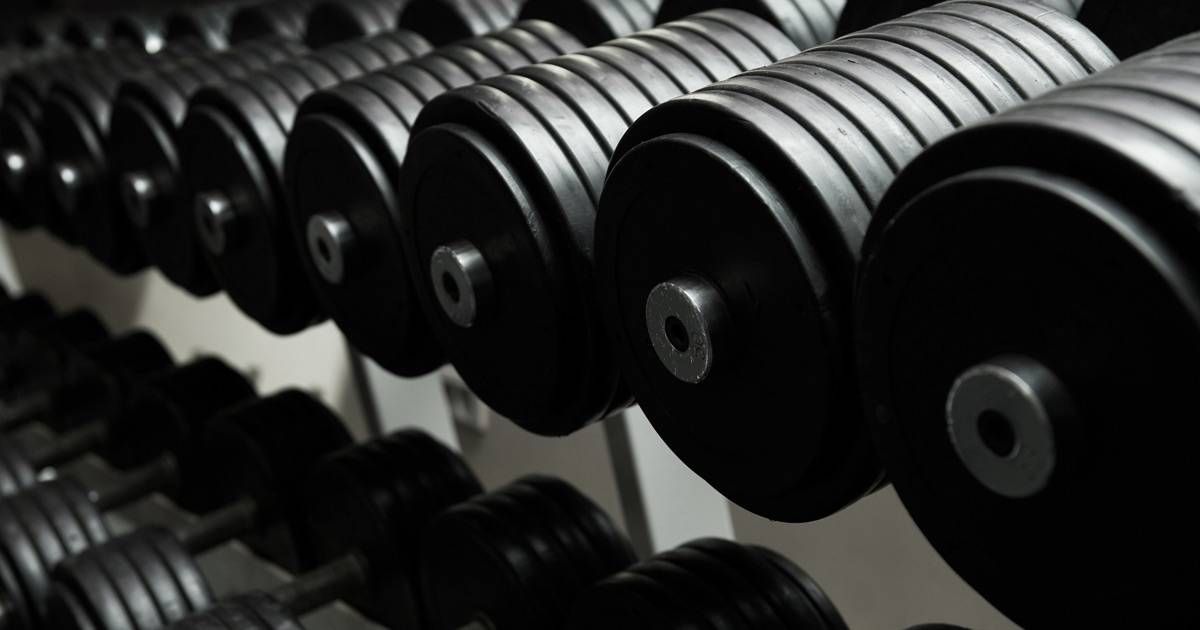7 Exercises to Never Do After 50
You can avoid injuries and still keep fit if you follow these rules
Working out the same way in your 50s as you did in your 30s sets you up for a world of hurt. Changes in flexibility, muscular strength, bone density and recovery time make injuries more likely if you don't adjust accordingly.

In fact, you may be better off skipping some exercises altogether.
"Obviously, there are no absolutes because people are built differently," says Benjamin Butts, director of rehabilitation services and performance therapy at Providence Saint John's Health Center in Santa Monica, Calif. "With all exercise, make sure you have the flexibility and range of motion to be able to perform the exercise using proper form. And only increase weight and repetitions incrementally over time to ensure you are able to handle the new stress."
In general, experts suggest avoiding the following exercises if you are over 50:
Leg extension machine
This exercise involves extending the legs up out in front of you with resistance in front of your ankles while in a seated position. It targets the quadriceps in front of the thighs.
"This exercise puts an unnecessary stress over the knee cap area, causing wear and tear," Butts says. Instead, do multidirectional (forward and side) lunges or squats.
Back extension on a Roman chair
The Roman chair back-strengthening exercise involves bending forward from the waist with your thighs supported, where you use your lower back muscles to pull yourself back up. "This move can cause issues for you if you have lumbar (lower back) instability or stenosis," Butts says. Stick with planks and quadrupeds for core strength instead.
Pull-downs or pull-ups behind the head
These challenging exercises work primarily the back as well as the biceps and involve pulling a bar behind the head. Behind-the-neck pull-downs use a machine that requires the exerciser to lean forward and pull a bar down behind the neck; in pull-ups you lift yourself up to a stationary bar also behind the neck.
"They put an unnecessary amount of stress on the front of your shoulder, leading to potential shoulder injuries," Butts says. Safer and equally effective alternatives include pull-ups or pull-downs in front of, not behind, the head.
Plyometric exercises
Plyometrics or "jump training" involves explosive movements and includes exercises such as box jumps and depth jumps, popularized by CrossFit, for example.
"They are great exercises for adding strength and explosive power," says Dr. Luga Podesta, sports medicine physician at Kerlan-Jobe Orthopaedic Clinic in Los Angeles, Calif. "However, they can be dangerous if they're not performed correctly or if the person does not have enough base muscle strength to perform the exercises. They place tremendous stress across the body parts and joints."
You need a little of these fast twitch-type exercises, though, since we lose these muscle fibers with age, says Tom Holland, exercise physiologist and author of Beat the Gym.
"Doing plyometrics one day a week on a low platform (six inches) can be a good compromise. It's a gray area, where you need to challenge yourself but you can still stay injury-free," notes Holland. Only attempt these explosive exercises under close guidance with a trainer experienced in plyometrics and sports training.
Overhead presses
Lifting weights straight overhead such as in a military press or dumbbell press (both shoulder exercises) places tremendous stress across the shoulders and rotator cuff tendons, Podesta says. Since rotator cuff injuries are most common after age 60, substitute lateral shoulder raises or front raises in place of overhead presses.
Heavy weights
Lifting weights to see how much you can bench gives you bragging rights in your younger years but loses its relevance as you age, Holland says.
"There's no reason to go super heavy and be able to get only four to six repetitions," he says. For the greatest strength benefits within a safe range, aim for a weight where you can get 10 reps, where the last couple reps are challenging, Holland says.
Sprinting
While it's a good idea to periodically increase your workout intensity, adding sprints to a running or jogging routine could put you at greater risk for injury after 50, Holland says.
"Some people can do a 7-minute mile after age 50, but most benefit more from a slow and steady pace," he says. Sprinting, especially without an extended warm-up, comes with a much greater risk of injury as we age. "The faster the speed, the greater the chance of pulling a muscle or developing some other lower-body injury," Holland says.
"In general, I recommend all exercises in moderation," Podesta says. "Plus, you need to consider any underlying medical condition before making specific recommendations." Lighter weights using combined motions, such as squats versus leg extensions, work best, versus single joint movements that are not as functional.
Next Avenue contributor Linda Melone is a California-based freelance writer specializing in health, fitness and wellness for women over 50.

